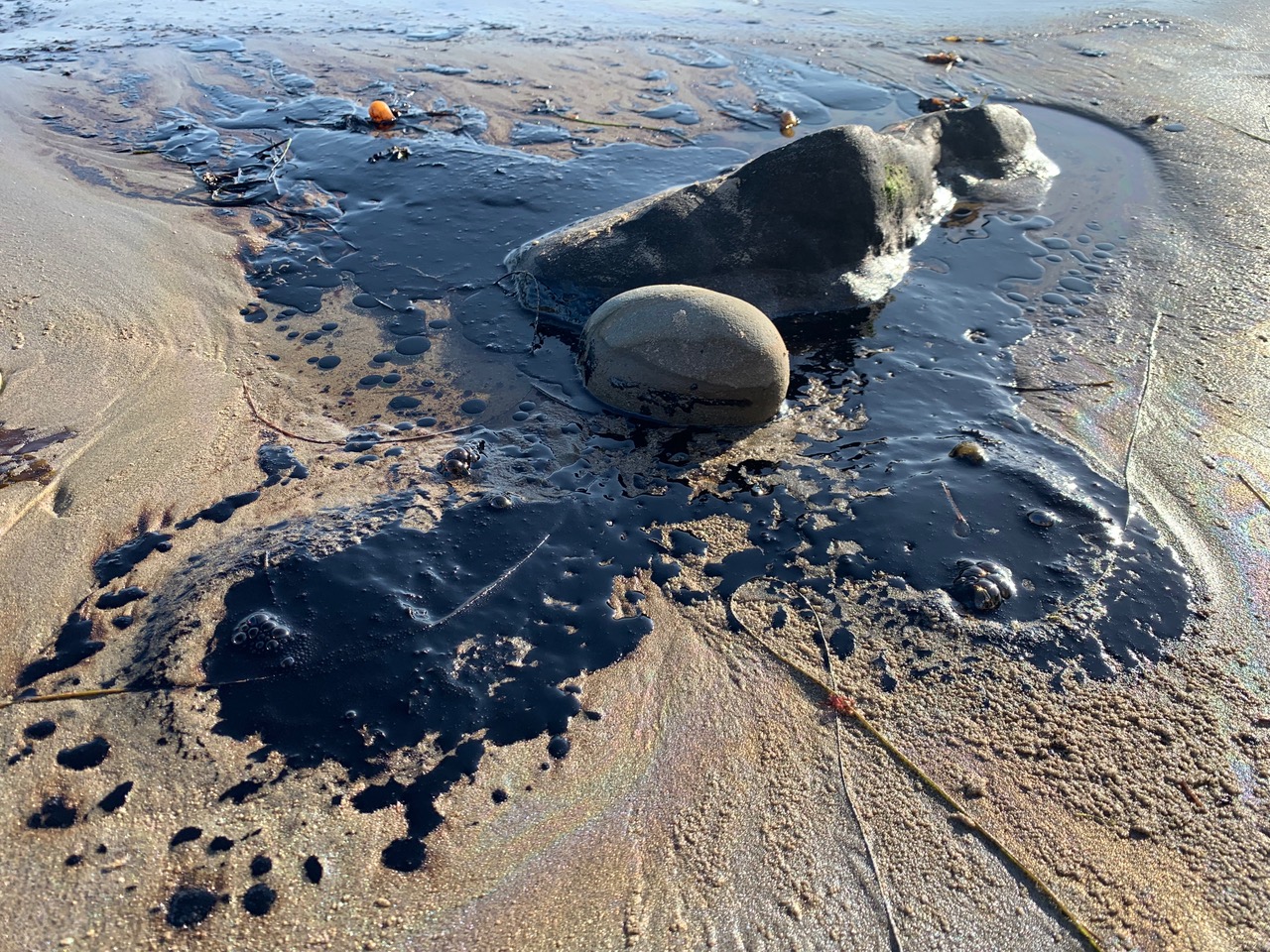
By Jim Taylor
Exxon Sues
After the SB Board of Supervisors ruled Exxon can’t transport oil by trucks, it has sued, claiming that the decision was based not on the facts of the case, but rather a prejudice against oil production in general.
Offshore Update
Our Rep. Salud Carbajal applauded the Biden-Harris Administration’s announcement that it does not intend to sell new leases for offshore drilling off the California coast for the next five years, a priority he has pursued since his first days in Congress.
Most of California’s offshore oil platforms are in the Santa Barbara Channel, and a Programmatic Environmental Impact Report is
being drafted currently that addresses the de-commissioning of all of them. Many are no longer operational due to bankruptcy. Some were shut off when the Refugio pipeline spill occurred in 2015. Others are underperforming their lease requirements.
Over the next decade, most of these platforms will be taken down, in some cases leaving underwater frameworks of steel that have become artificial reefs, teeming with marine life.
Carpinteria Bubblers
State Lands will use a magnetometer to determine whether there is a pipe near the oil bubblers, and if so excavate to find the casing, and
work with CalGEM to remediate. There are at least two other known bubblers in the surf zone nearby.
Senate Bill 47, (Monique Limon, Steve Bennett) signed into law last September, increases annual funding for oil well cleanups from $1 to $5 million per year. Hopefully, we will see some of that money spent along our coast.
However, the more that this problem is investigated, the worse the situation appears. Oil companies have left a trail of devastation wherever they have operated, and the number of poorly abandoned, dangerous old oil wells in the US is currently thought to be about 40,000.
Rincon Island
I walked the causeway that stretches 3,000 feet to an artificial island that until recently was a disaster in the making.
The State Lands Commission has made good progress here, capping 75 oil wells and removing tons of rusted equipment that was allowed to disintegrate after its owners, The (Greka) Limited Partnership, went out of business, sticking the taxpayers with most of the costs of cleaning it up. Under consideration is re-purposing the island or removing it as well as the causeway.
Public comment has been taken, and a full feasibility study and EIR will be coming soon. Brown Pelicans seem to like it just the way it is.
Chevron / Venoco Cleanup
The Carpinteria Plant (including the Casitas Pier) is one of the five oil and gas facilities that Chevron is currently decommissioning in Santa Barbara County. The California Environmental Quality Act (CEQA) is required for the project, and Chevron plans to submit the complete application soon.
The lengthy permitting process is expected to be complete in 2023 at which point the company will begin the 2-3 years of work necessary to decommission the facilities and remediate the property. All the oil and gas processing equipment will be removed, and the soil will be cleaned to residential standards, the highest level of clean-up available.
The City of Carpinteria is the lead agency for decommissioning. A re-zoning of the 55-acre bluffs property is also underway as part of the City’s General Plan. Future zoning designation of the Chevron property will be determined over the course of several public hearings in the coming years.